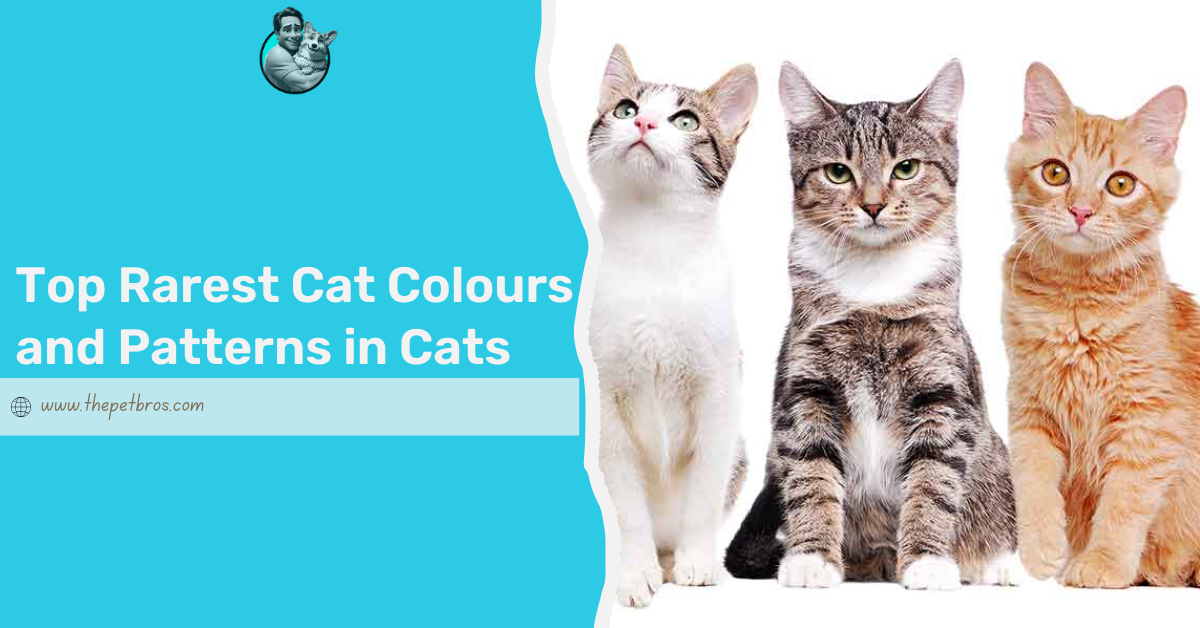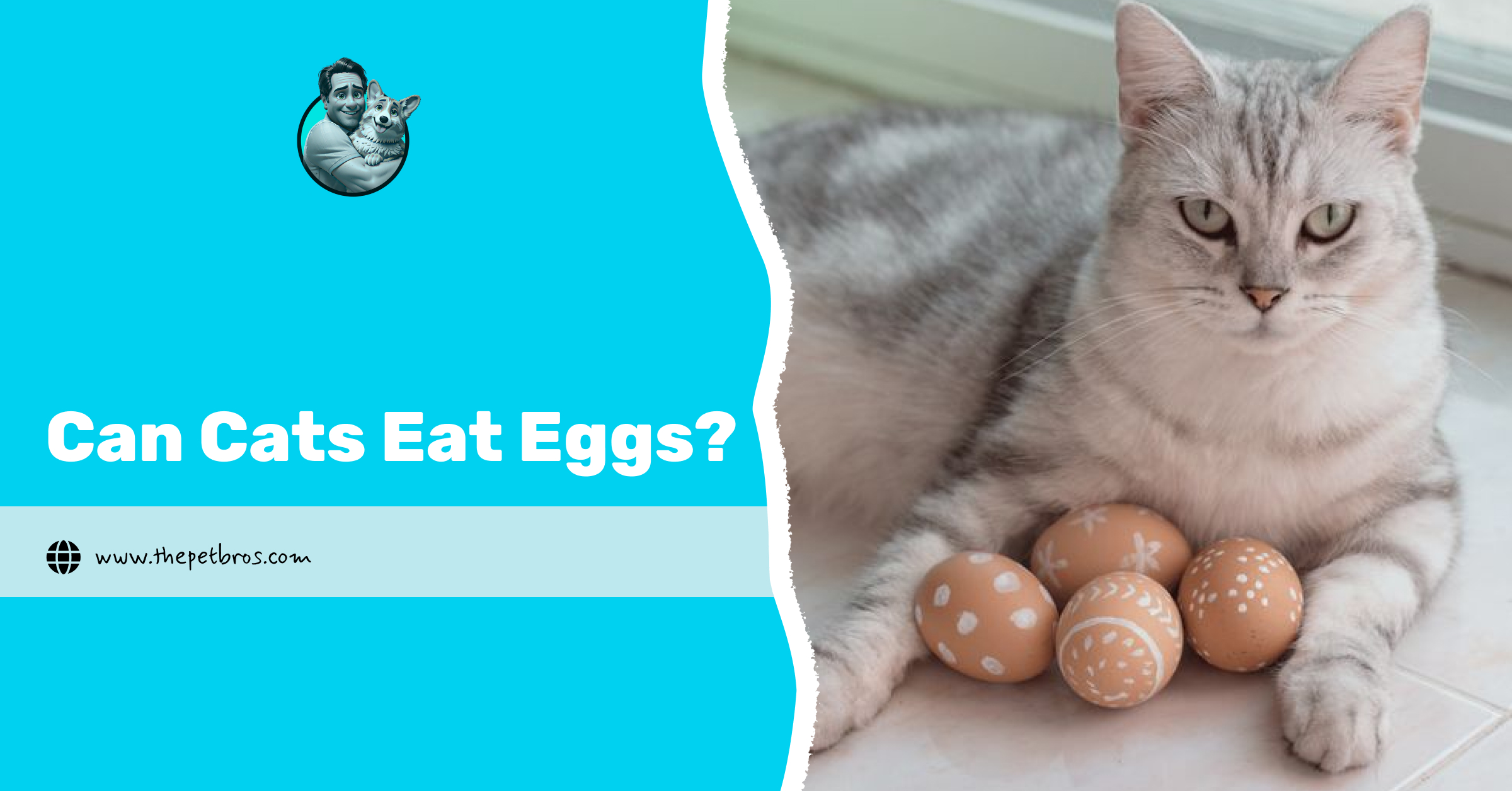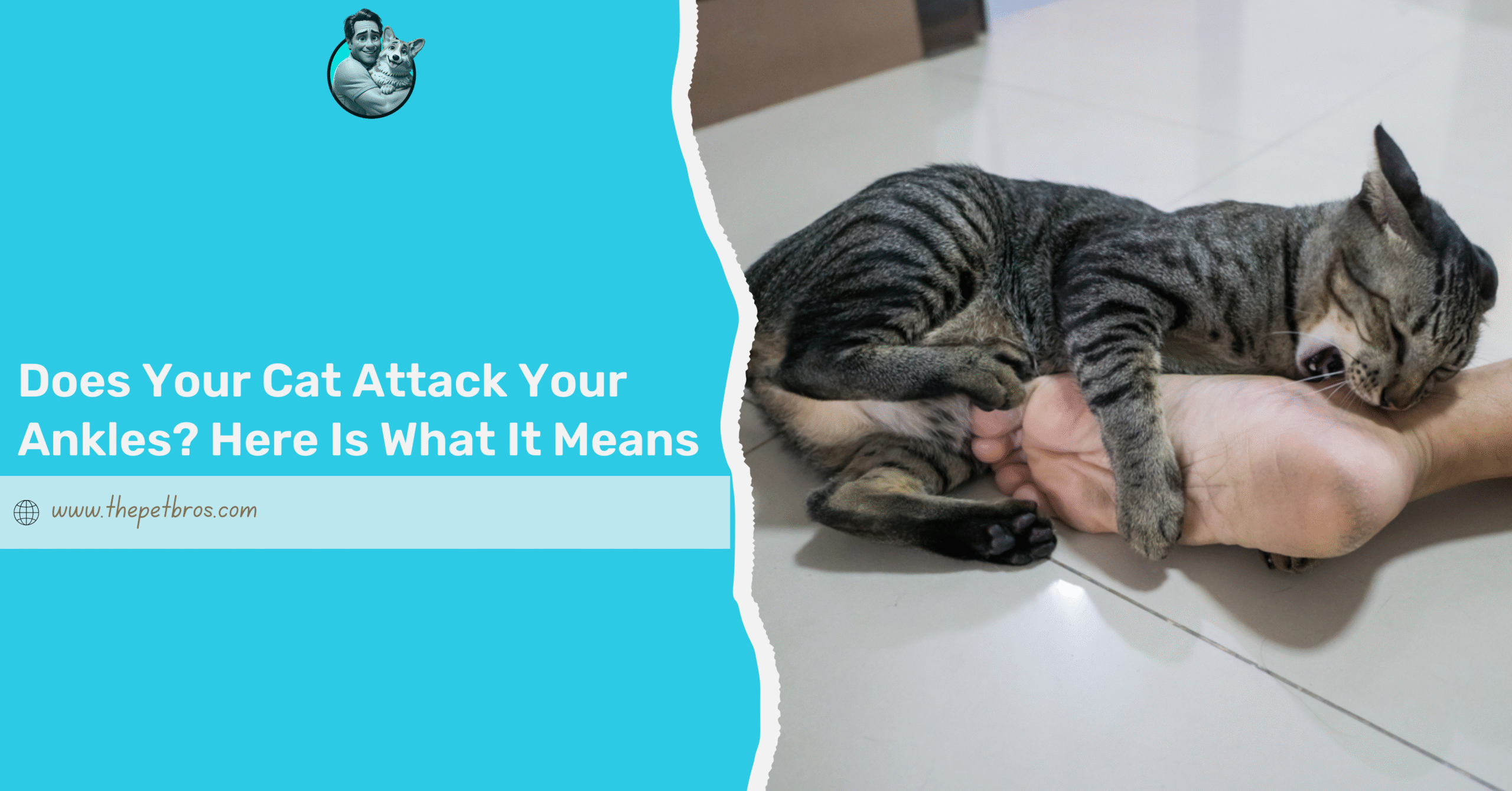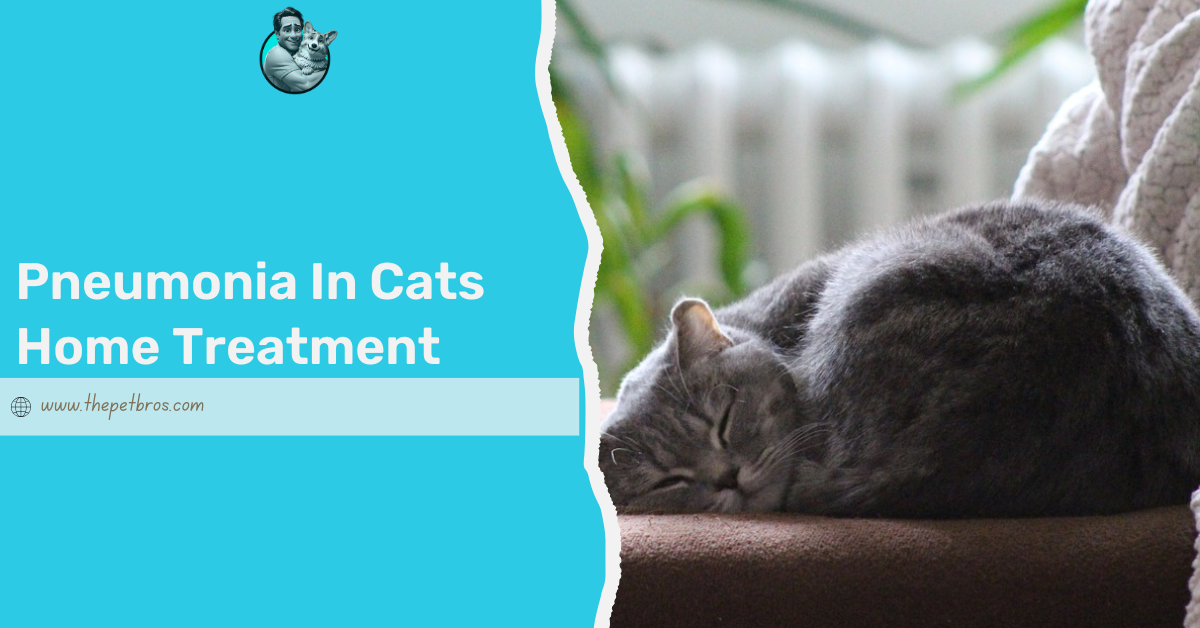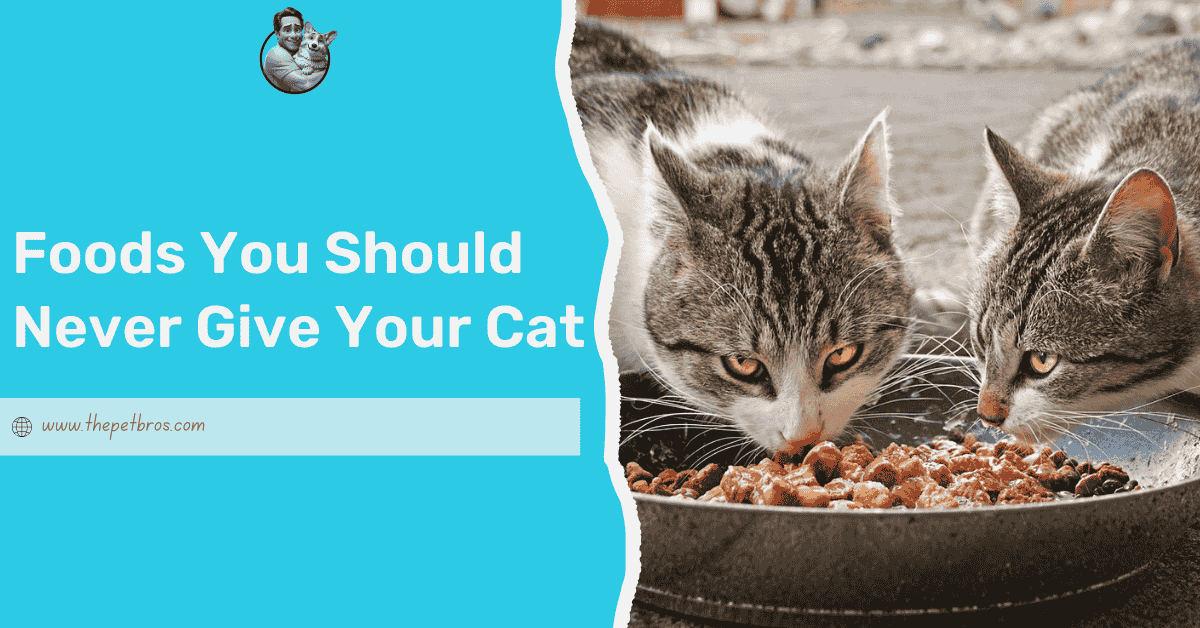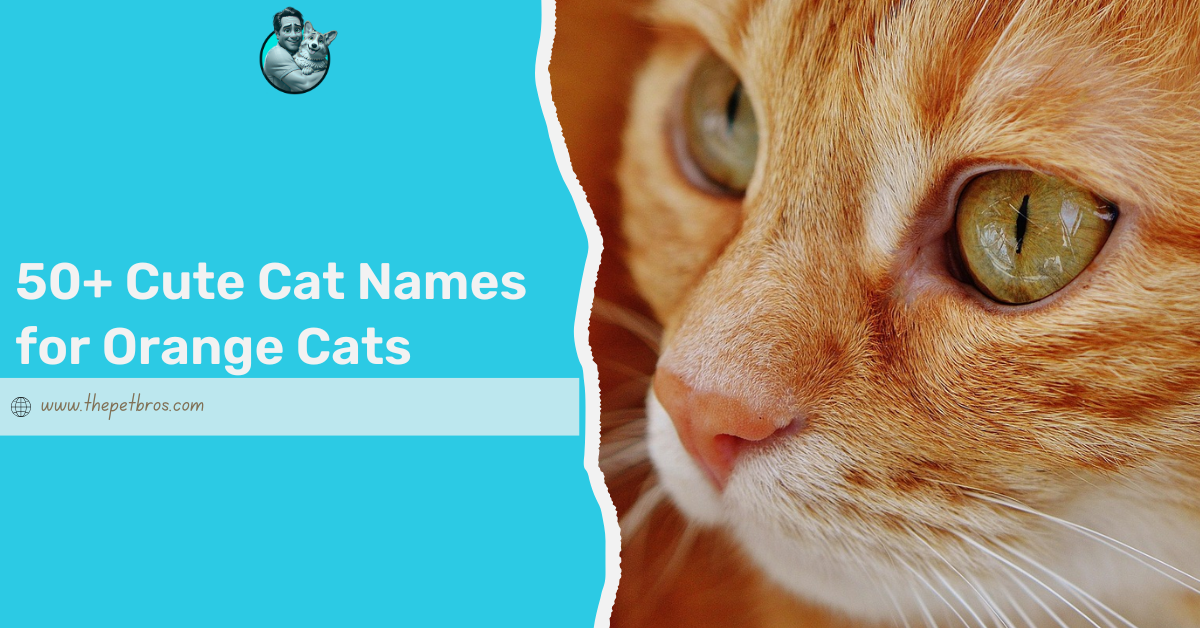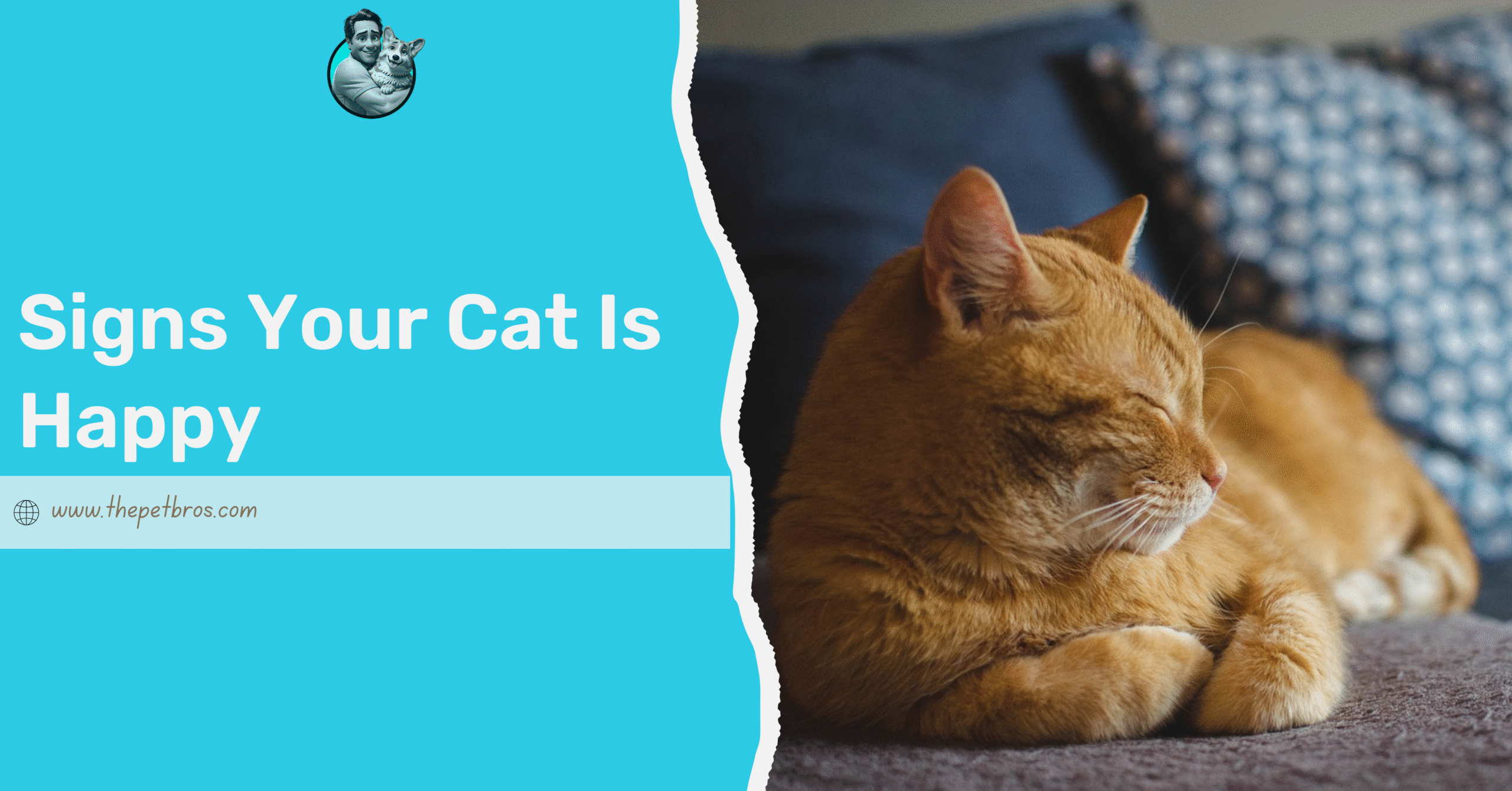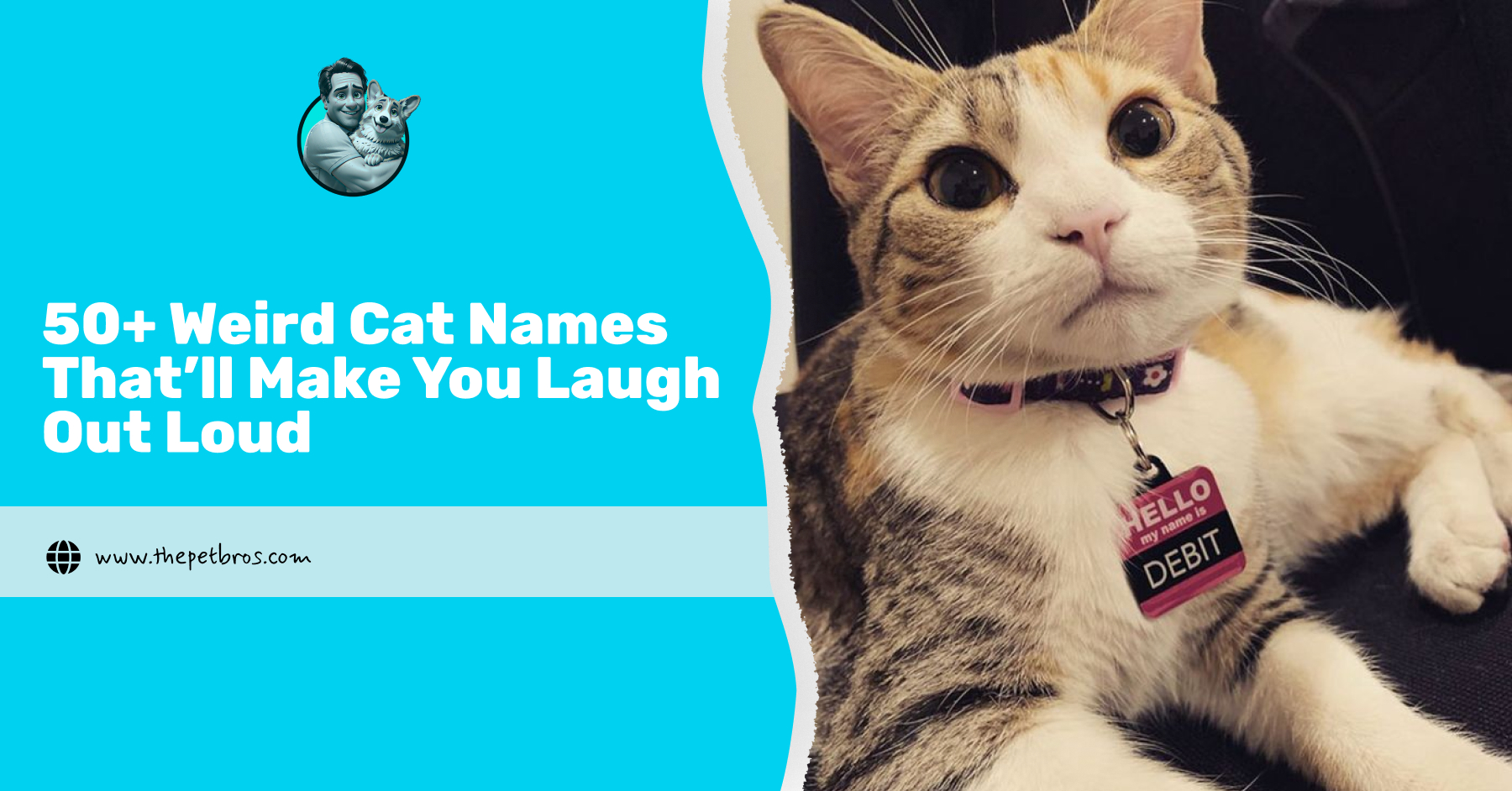Have you ever looked at a cat and thought, “I’ve never seen anything like that before?” Some cats blend into the background while others stand out like Mother Nature’s favourites. When it comes to the rarest cat colours and patterns, we’re talking about felines that are genetic surprises, wrapped in uncommon shades and dazzling patterns that make people look twice.
There’s something instantly captivating about a cat with a coat you’ve never quite seen before. Lilac with a whisper of lavender or a caramel hue that looks like it belongs in a pastry shop, these aren’t your everyday moggies. This article explores the top 10 rarest cat colours and patterns, what makes them special, and which breeds you’re most likely to find them in.
Top 10 Rarest Cat Colours and Patterns
1. Lilac
Think of a cat that looks like it was dipped in milky lavender hot chocolate, and you’re close to picturing a lilac coat. This rare colour isn’t purple but a soft mix of dove-grey and pinkish brown that feels far too fancy for something that might spend half the day sleeping on your couch.
Lilac is the result of two recessive genes, one for chocolate and one for dilution, which makes it pretty uncommon. You’ll often spot it in breeds like the Siamese, British Shorthair, and Oriental Shorthair. And let’s be honest, they wear it well. It’s the kind of coat that makes people pause mid-scroll and say, “Wait… is that real?”
2. Fawn
Fawn is what happens when beige decides to glow up. This warm, soft taupe somehow manages to look both classy and cosy, like a mug of milky tea on a rainy afternoon.
It’s a diluted version of cinnamon, which already isn’t common. So, yes, fawn is properly rare. You’ll find it in breeds like the Abyssinian, British Shorthair, and Oriental Shorthair, which are basically the fashion icons of the cat world.
If you ever meet a fawn-coloured cat, don’t be surprised if they act like they own the house. And with a coat that smooth, they probably should.
3. Chinchilla
No, not the chinchilla rodent. We’re talking about the chinchilla cat coat, a shimmering silver base that makes the cat look like a luxury fashion house styled it. When you see a rare cat colour like this, you can’t help but stare.
The chinchilla effect is caused by a special gene that inhibits melanin production, resulting in a glittery silver-white coat. It’s especially common in Persians, British Shorthairs, and Siberians, all of whom effortlessly carry it off. This kind of cat lounges like it’s in a perfume advert and expects its water to be filtered. And honestly? Fair enough, we understand why.
4. Smoke
At first glance, a smoke-coloured cat might look completely black or grey. But wait until they move. Suddenly, the fur parts, and you catch a flash of white underneath like a magician revealing a hidden trick. That’s the smoke coat in action.
This striking effect comes from white roots hidden beneath a solid dark top layer, creating a sort of smoky shimmer as your cat walks by. It’s a rare cat colour you’ll most likely see in breeds like the Maine Coon, Turkish Angora, or Norwegian Forest Cat.
5. Albino
If there were a secret club for the rarest cat colours, albinos would be the ones with the velvet rope. True albino cats are incredibly uncommon. They lack all melanin, which means their fur is pure white, their skin is pink, and their eyes are either pale blue or pinkish in tone.
Albino cats aren’t just eye-catching; they’re also more sensitive than your average feline. Their skin and eyes can be more sensitive to sunlight, so they prefer a life of shade, luxury, and, ideally, indoor naps on soft, comfortable furniture.
This coat is caused by a genetic combination that only happens when both parents pass on a specific recessive gene. That’s why beyond the UK, albino cats also sit high on the list of the rarest cat colours in the world.
6. Cinnamon
Yes, Cinnamon sounds like a bakery flavour we are all familiar with. But in the cat world, it’s a stunning reddish-brown shade that looks like autumn leaves and hot drinks. It’s cosy, rich, and different enough to make people double-take.
This colour is actually a mutation of the black gene, which softens the tone into something warmer and lighter. Cinnamon appears in breeds like the Ocicat, Abyssinian, and Oriental Shorthair, all of which seem to carry it with a bit of attitude. One thing about cinnamon cats is that they often look like they’ve been brushed with sunlight.
7. Blue Point
Blue Point cats are basically wearing the feline version of a winter coat with matching accessories. Cool grey-blue points on the face, ears, paws, and tail contrast with their creamy bodies. The kind of look says, “Yes, I woke up flawless.”
This colouring is a variation of the colourpoint gene, which means the cooler parts of the cat’s body develop darker tones. You’ll see it in breeds like the Siamese, Balinese, and Ragdoll, which are, interestingly, all known for their elegance.
There’s something quietly majestic about a blue point cat. They don’t need bright colours to make a statement; their chill, understated look says it all.
8. Amber
Talk about majestic. Amber cats are proof that felines like to keep us guessing. These cats are often born with dark coats that gradually become rich golden brown as they age. It’s like watching autumn happen in slow motion.
A mutation in the extension gene causes this magical transformation and is exclusive to the Norwegian Forest Cat. If you’re lucky enough to spot one, you’re seeing one of the rarest cat colours in the world.
Understanding cats and their furs is no easy task, but amber makes it more complicated; their fur literally changes colour with age, reminding us that they still hold all the secrets.
9. Rosette Pattern
If your cat looks like it moonlights as a jungle predator, it might just have the rosette pattern. These gorgeous, two-toned spots mimic the markings of wild cats like leopards and jaguars, and they definitely make an impression.
Rosettes aren’t your average tabby stripes. They form complex, layered shapes that give the coat a sense of depth. This pattern shows up mainly in Bengal and Serengeti cats, who you might catch walking around like they just stepped out of the wild. Among the rarest cat colours and patterns, rosettes are a showstopper.
10. Caramel
Caramel cats wear a coat that’s hard to pin down, somewhere between grey, brown, and a warm taupe. The colour seems to change with the light; they are like walking mood boards.
This shade is the result of a mix of dilute modifiers and other colour genes, which is why it’s considered one of the rarest cat colours out there. You’ll often find it in Persians, Orientals, and British Shorthairs.
Caramel-coated cats are usually the kind of happy cats that curl up on your lap, looking like a plush throw, purring like they own the place.
Conclusion
These rare cat colours and patterns prove how genetics loves to play dress-up. Some of these shades, like albino or amber, are so rare that you might never see them in person. In fact, rare coat colours are very uncommon in domestic cats. That makes spotting one feel a bit like discovering a secret level in a game.
Regardless, your cat is still a one-of-a-kind showstopper with personality for days. Every feline is a masterpiece in its own right, and colour is just the icing on the (furry) cake.
Frequently Asked Questions
What is the rarest cat you can own?
The Ashera is often cited as the rarest, though more officially rare breeds include the Kurilian Bobtail and American Wirehair.
What is the least popular colour of cat?
Black cats are the least adopted, often due to lingering superstitions.
What is the most popular cat pattern?
The tabby pattern, especially mackerel tabby, is the most common and widely loved.
What is the rarest cat colour in the world?
Albino is widely considered the rarest due to their genetic complexity and rarity in nature.
Are rare-coloured cats more expensive?
Yes, especially when breed and coat are both uncommon. Prices can go up for cats like lilac Persians or silver Chinchillas.
Do rare cat colours affect personality?
Not directly. Personality is more tied to breed and socialisation than colour or pattern.
Can mixed-breed cats have rare colours?
They can, especially with colours like cream, fawn, or smoke, but it’s far less predictable.






